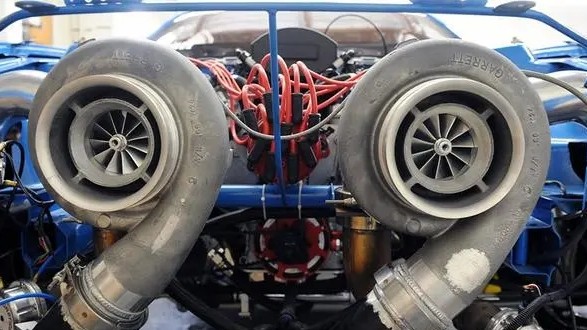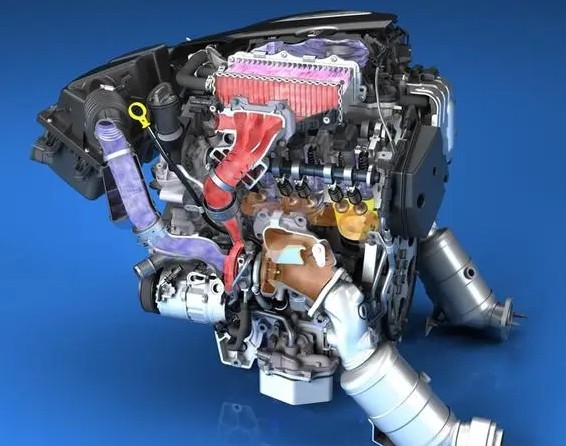
Three "knowledge" about turbocharging are wrong
2022-12-09 14:00Nowadays, there are more and more turbocharged cars. Many car owners decide to pay for the turbocharged engine after learning about its advantages online. But you may not know that many people have serious misunderstandings about turbocharged engines. Today, let's talk about the three most common misconceptions.
1. The supercharger starts to work as soon as the engine starts
The turbocharger does not work all the time, but depends on the power demand. If your power demand is very small, the wastegate on the supercharger will be opened directly, and the exhaust gas will directly enter the exhaust pipe. Without pushing the turbine, the supercharger will not work. At most, it will rotate at a very low speed under the influence of a small amount of exhaust gas.
If you need more power, the engine control computer will partially or completely close the wastegate according to the power demand. At this time, the exhaust gas will focus on the turbine output, and the supercharger will start to work.
2. Turbocharging improves engine thermal efficiency
Some people think that turbocharging can improve the thermal efficiency of the engine, which is also a wrong view. For the engine, the most effective way to improve the thermal efficiency is to increase the compression ratio.
As more air and fuel are pressed into the cylinder of the turbocharged engine, if the compression ratio is too large, it is easy to cause detonation due to the sharp increase of pressure and temperature in the cylinder during ignition. Therefore, the compression ratio of the turbocharged engine is generally lower than that of the naturally aspirated engine, so its thermal efficiency must be no better than that of the naturally aspirated engine.
However, since the supercharged engine can obtain greater torque output at low speed, combined with various advanced technologies, its maximum thermal efficiency is low, but the overall range of high thermal efficiency is wider, so it has great advantages in reducing fuel consumption.
3. Turbocharged engines break easily
Some people think that the turbocharged engine overexerts power, resulting in higher engine temperature and greater force, so the engine is unstable and easy to break.
In fact, this statement is somewhat exaggerated. Although the reliability of the turbocharged engine cannot be compared with that of the naturally aspirated engine, it does not mean that the turbocharged engine must be bad. It can only be said that the naturally aspirated engine is not easy to be bad. Because we rarely have the opportunity to use more than half of the power of the engine in daily use, the engine is not always under extreme pressure of power, so its reliability is less fragile than expected.


